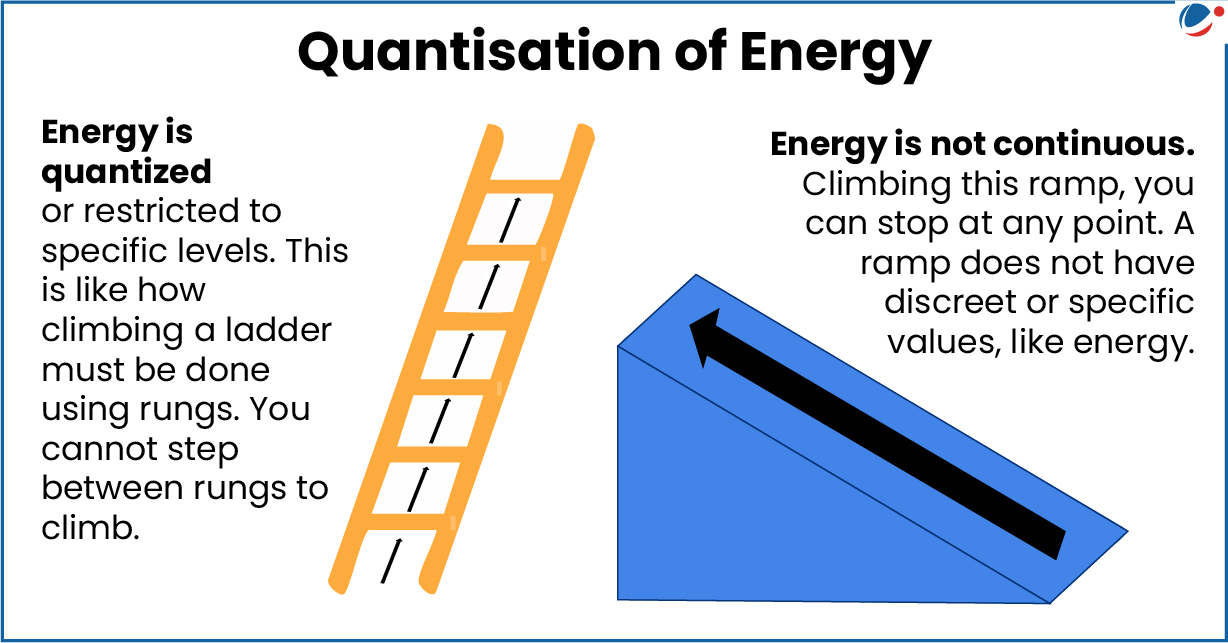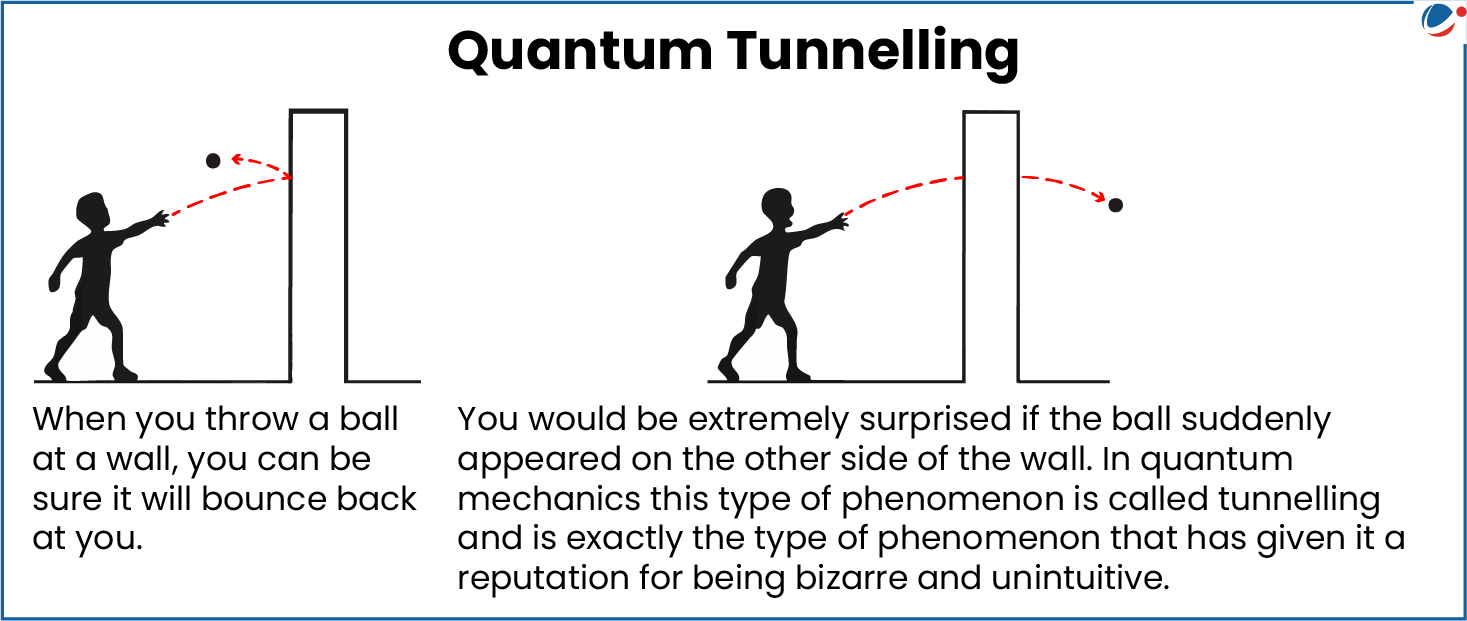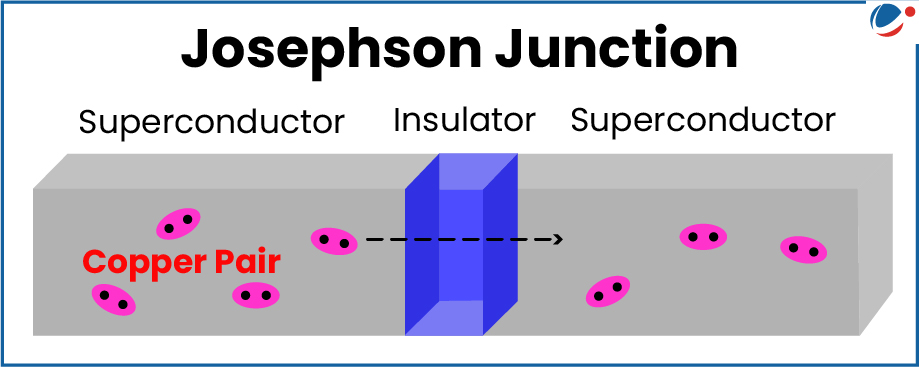Why in the News?
John Clarke, Michel H. Devoret and John M. Martinis have been awarded Nobel Prize in Physics 2025 for the discovery of macroscopic quantum mechanical tunnelling and energy quantisation in an electric circuit.
Background
- Quantum Physics deals with the behavior of particles at the microscopic level — such as atoms, electrons, and nuclei.
- At this scale, particles exhibit dual nature, behaving both as particles and waves.
- The wave-like behaviour of these particles leads to several intriguing phenomena, including:
- Quantization of energy and angular momentum
- Quantum tunnelling
- These quantum effects, prominent at the microscopic level, vanish at the macroscopic scale (e.g., in everyday objects like a cricket ball).
- For decades, scientists have been intrigued by the question: What is the largest possible size of a system that can still exhibit quantum behavior?
- The 2025 Nobel Prize in Physics honors experiments that demonstrated how quantum phenomena—such as energy quantization and quantum tunnelling—can also be observed in macroscopic systems involving many particles.
Quantisation of Energy

- At the microscopic level, particles absorb and emit energy in discrete packets, known as quanta.
- This concept can be visualized as climbing a ladder — one can stand only on specific rungs, not in between them.
- Likewise, particles such as atoms, electrons, and protons can exist only in certain fixed energy levels, and not in between.
- This phenomenon is known as the quantisation of energy.
Quantum Tunnelling
- When we throw a cricket ball at a wall, it naturally bounces back — a familiar, everyday observation.

- In contrast, quantum physics reveals a surprising phenomenon: when a particle encounters a barrier (a wall of potential energy), there exists a finite probability that it may pass through the barrier and appear on the other side.
- This strange behavior, known as quantum tunnelling, occured only at the microscopic scale.
- A classic example is radioactive decay, where part of an atomic nucleus escapes by tunnelling through its potential barrier — as seen in alpha decay.
About the Experiment and Result

- In 1984–85, John Clarke, Michel Devoret, and John Martinis at UC Berkeley built an electric circuit using two superconductors separated by an insulator — a Josephson Junction. (see image)
- Although the circuit's voltage was initially set to zero, it unexpectedly shifted to a finite value due to quantum tunnelling from the zero-voltage state.
- They demonstrated that all charged particles in the circuit behaved collectively as a single quantum particle.
- They also demonstrated the quantisation of energy in the circuit.
Significance of the discovery
- The discovery revealed a macroscopic quantum state, enabling experiments that apply quantum phenomena to large-scale systems.
- The Josephson Junction acts as an artificial atom, allowing researchers to simulate and study complex quantum systems.
- This principle was later used to create quantum bits (qubits), where quantised energy states represent 0 and 1, forming the basis of superconducting quantum computers.
- The work has advanced both practical quantum technologies such as quantum computing, quantum cryptography and quantum sensors and the theoretical understanding of quantum physics.
Conclusion
Even after a century since its discovery, the quantum world surprises with its bizarre but fascinating behaviour. The theory which is fundamental for understanding the behaviour of nature at minute scale is also becoming the foundation of many modern technologies.
Related NewsQuantum Echoes Algorithm
|



